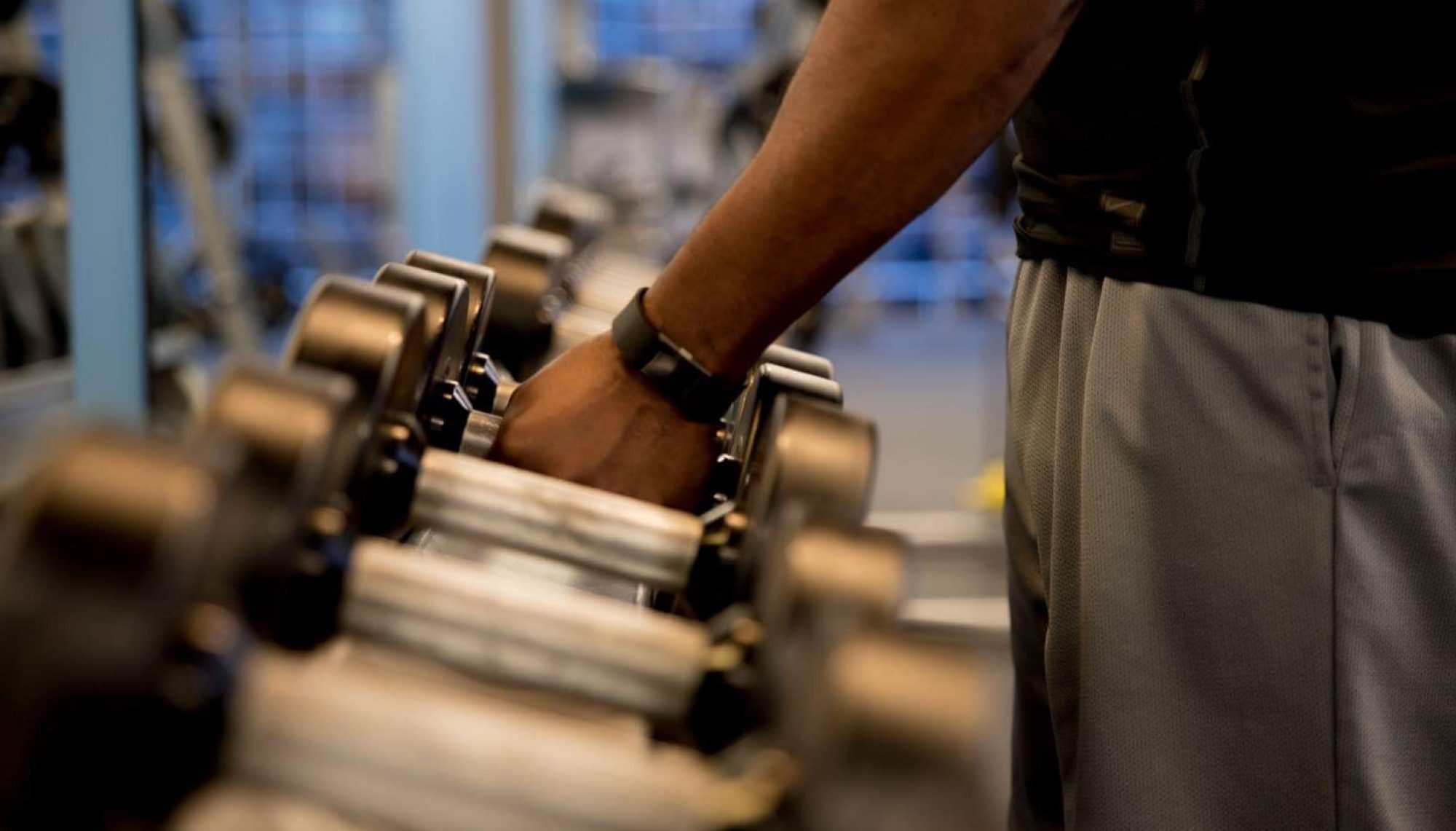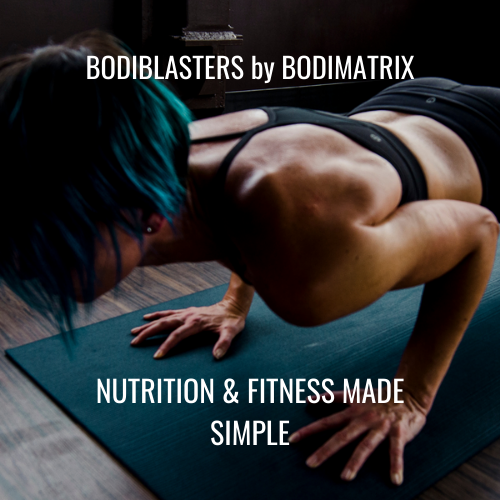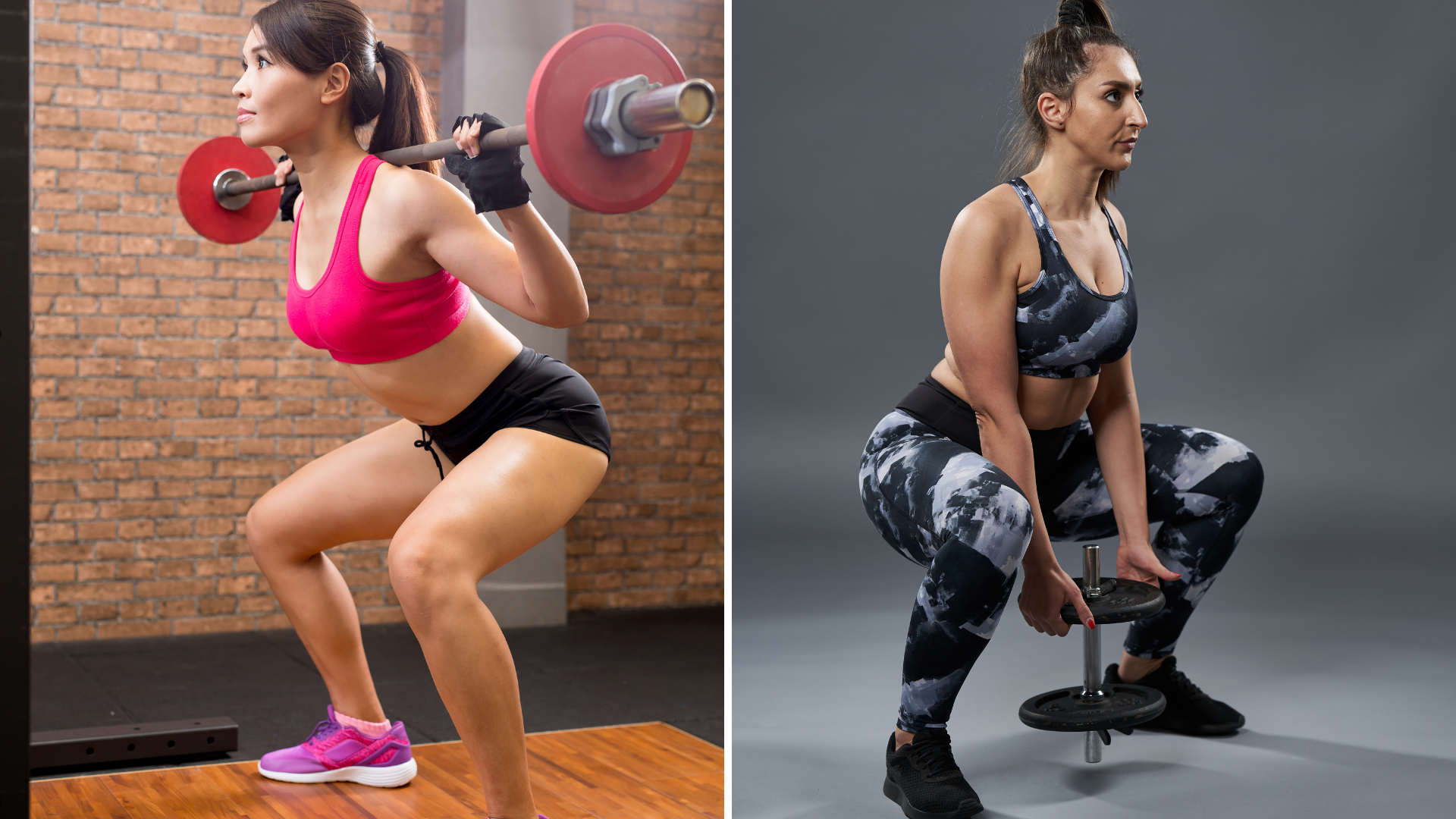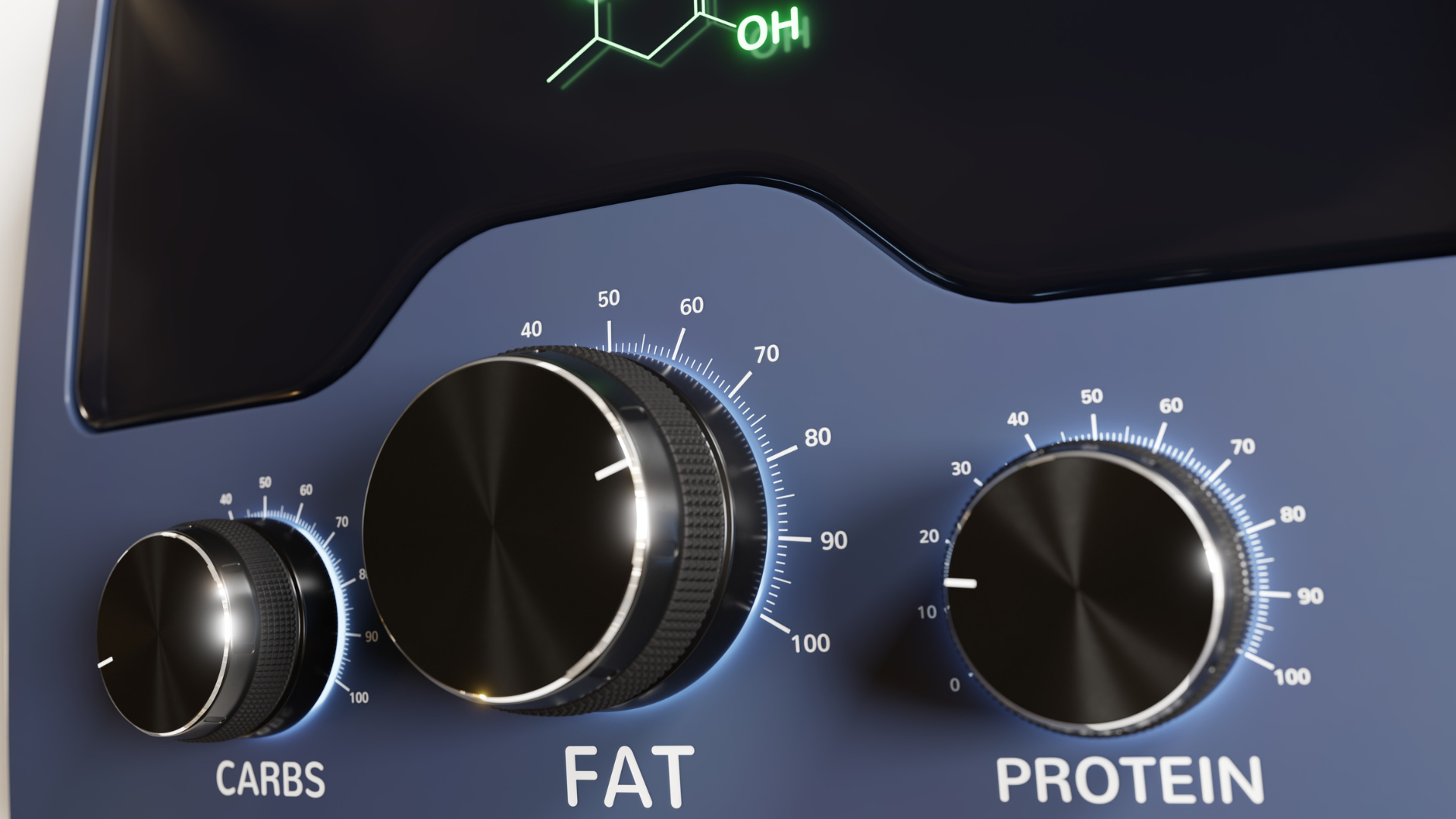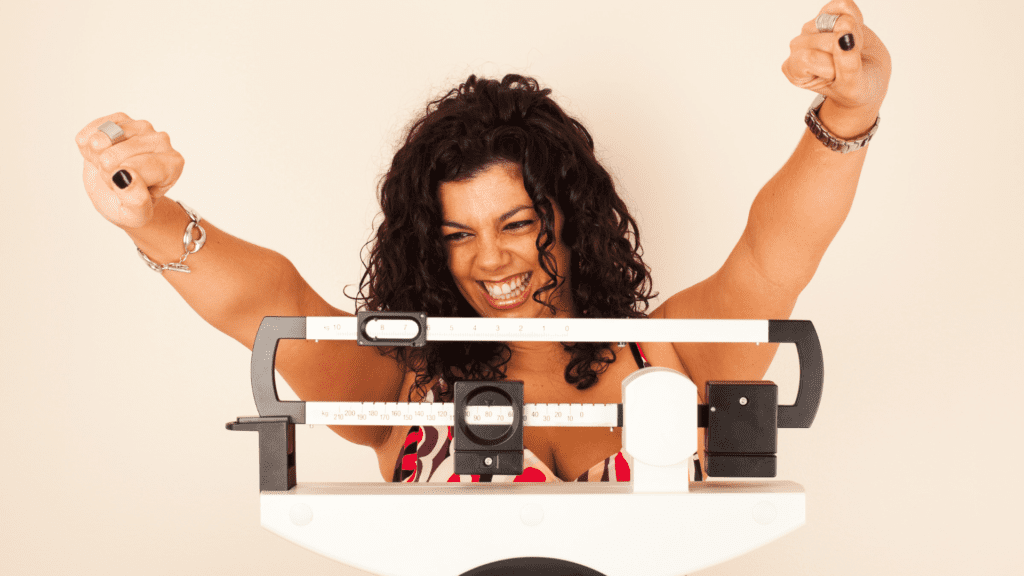Barbells VS Dumbbells – Which One’s Better?
In the modern-day world, training your body usually happens in the gym, where you have a variety of dumbbell, barbell, and machine exercises.
In the context of free weight, however, one question has been floating around – What’s better, barbells or dumbbells?
If you’ve asked yourself this, keep reading because this article underlines the differences and benefits of barbells and dumbbells to help you create your perfect workout plan.
The Specifics
One of the main rules of weight training is to use various equipment, angles, and grip types.
This is important because even a slight change in the grip or angle of a given exercise changes the specifics of that same exercise.
This means that a different type of equipment or angle/grip will shift the tension towards other muscles/zones of the worked muscle group. For instance, the flat bench press will mainly engage your mid and lower chest while also engaging the triceps and shoulders.
However, an incline bench press will put more tension on the upper portion of the chest, along with increased pressure on the shoulders. From this information, we can conclude that barbells and dumbbells have their application, and there isn’t a “better” one.
The point is to use each type of equipment for its designated purposes per your goal.
The Benefits Of Barbells
Barbells are, without a doubt, one of the most effective ways to stimulate the musculature, whether talking about muscle growth or training during the fat-loss phase.
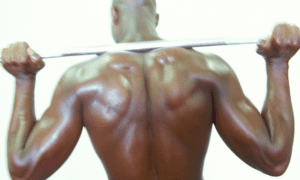
Here’s why:
- Barbells allow you to lift heavier weights
Because there is generally a fixed point between the working limbs, barbells allow you to lift heavier weights.
This is also perhaps because barbell exercises are more stabilized by nature, thus allowing your body to activate more of your fast-twitch muscle fibers.
You can check this for yourself – If you’re barbell bench pressing 80 kg for reps, the odds are that you won’t be able to dumbbell push 40 kilograms on each hand as easily.
- Easier Realization Of Training Principles
Regarding muscular development, there is one fundamental principle to consider. That is, namely, progressive overload, which implies that you should, over time, progressively increase the demand upon the musculature (i.e., increasing weight, reps, sets, etc.)
Because barbells allow you to lift heavier weights with more stability, increasing your workload is an easy task with barbells instead of dumbbells.
Both benefits allow for greater working volume overall, meaning barbells are perfect for gaining muscle mass.
The Benefits Of Dumbbells
Though barbells have many benefits regarding muscular development, that doesn’t mean dumbbells should be excluded.
Here are the main benefits of dumbbells:

- Bringing up weaker muscle groups
Because dumbbells inevitably make you use each side of your body separately, they can be one of your best picks when bringing up your weaker side.
The individual load on each side doesn’t allow your stronger side to overtake the movement, thus creating sufficient stimulation on the side that creates asymmetry.
- Muscle Unit Activation
One of the most crucial factors when lifting heavy weights is muscle unit (muscle fiber) activation.
With barbells, movements are generally fixed in a shorter range of motion, while dumbbells allow for greater movement of the arms. This grants increased muscle activation, even on fundamental exercises like the bench press.
Take Home Message
In the context of better overall development, there isn’t a winner in the fight between barbells vs. dumbbells…
Both have their benefits, so you should rely on a mix of the two in your workout regimen. Use barbells when you want to target progressive overload and lift the heaviest weight possible heavily. Use dumbbells to strengthen your weaker side and work more on joint stability than maximum strength.
Tell us your favorite barbell/dumbbell exercises in the comment section below!
